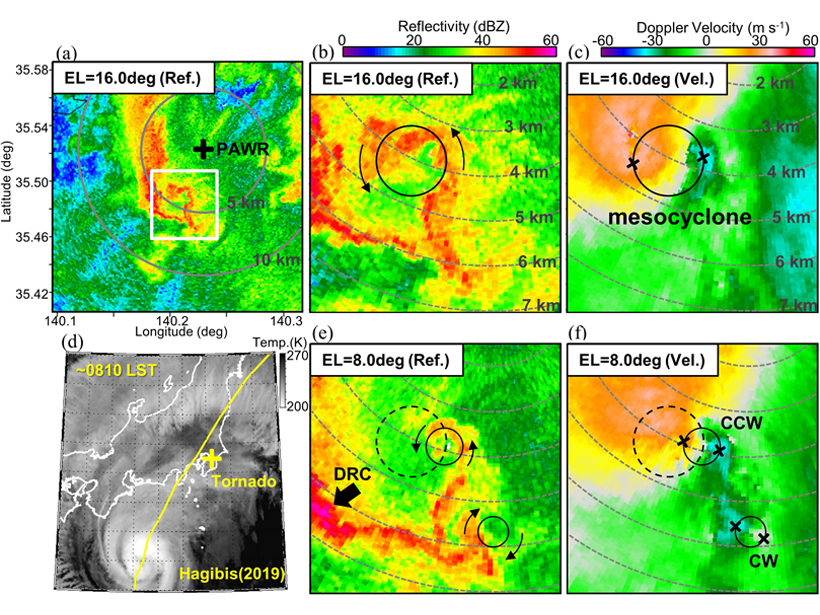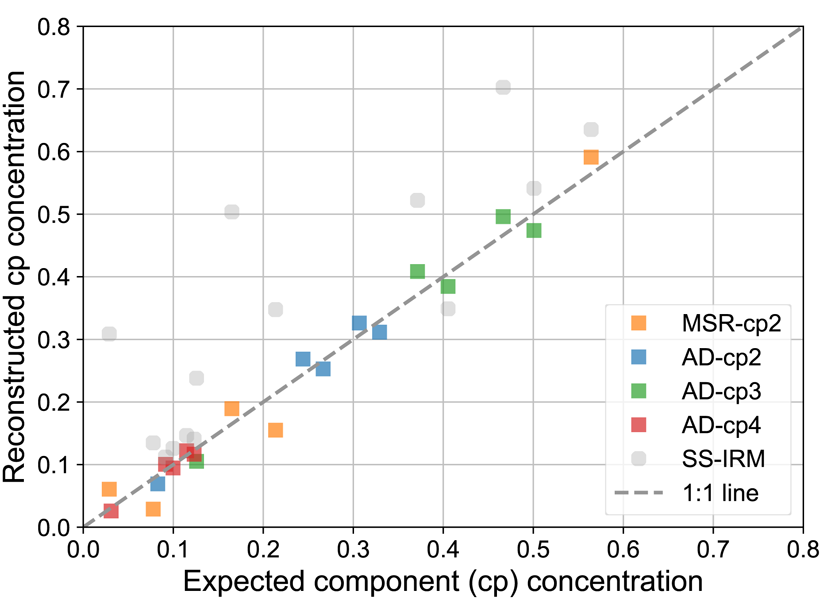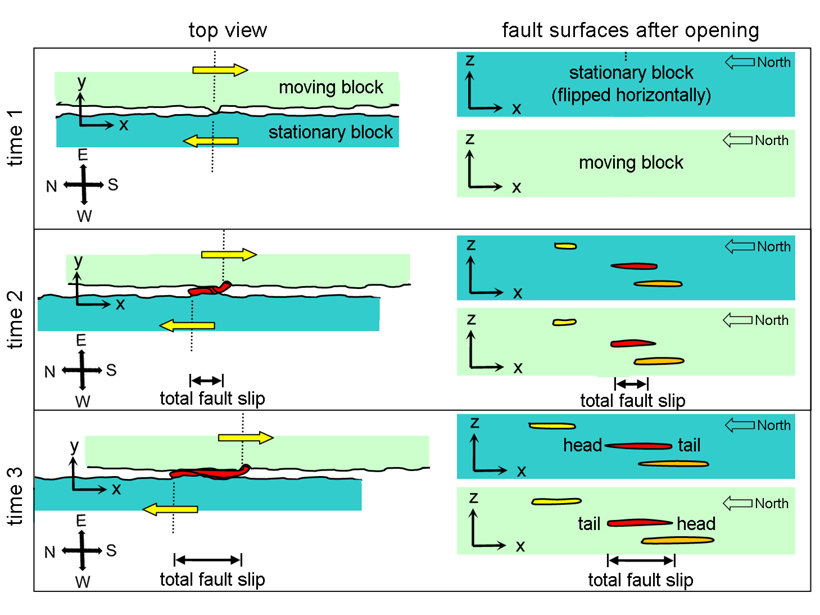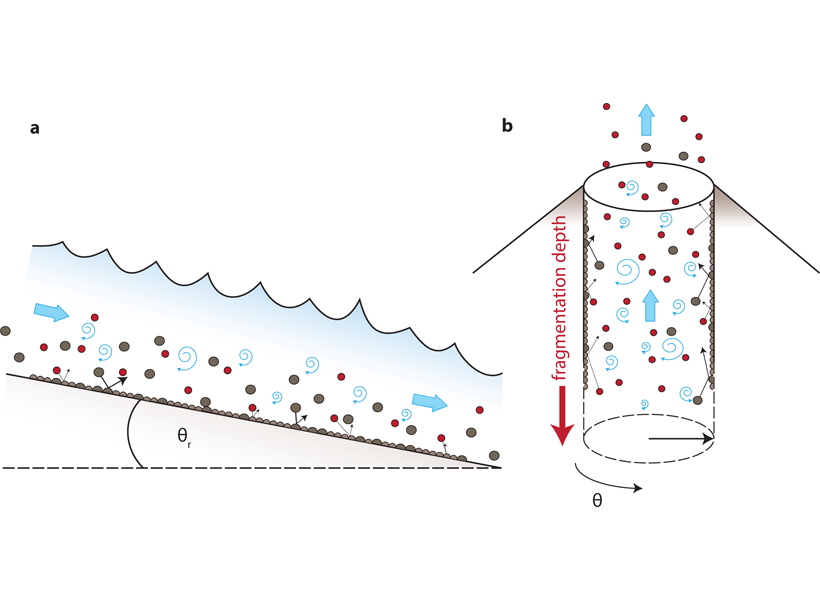Comparing the importance of midlatitude cyclones and post-tropical cyclones on European windstorms during the Atlantic hurricane season using ERA-5 reanalysis.
Editors’ Highlights
Zero-valent Iron in the Oxidizing Atmosphere?
A comparative study of urban, semi-urban, and rural sites reveals that the species of atmospheric iron varies depending on location.
Radar Observations of a Tornado Associated with Typhoon Hagibis
Analysis of tornadogenesis processes on a shallow supercell associated with Typhoon Hagibis using finely resolved rapid-scan radar observations at a very close range.
Machine Learning for Magnetics
Classic interpretation of aeromagnetic anomaly maps involves several steps with limiting boundary conditions; a recent study develops convolutional networks largely bypassing these issues.
Unmixing Magnetic Components – An Experimental Twist
Various unmixing approaches are used in environmental magnetism, each starting from a different premise; now they are put to the test by scrutinizing experimental mixtures of known endmembers.
Groove is in the Fault
Rock sliding experiments on meter scales show groove patterns which are controlled by normal stress. This may help better understand earthquake source conditions from exhumed faults.
Frequency Dependent Plates
Rocks stretch, break, and flow, depending on how and under which conditions they are loaded. A new formulation to better capture Earth’s rheology is explored in the context of plate thickness.
More Clustered Clouds Amplify Tropical Rainfall Extremes
Both satellite observations and model simulations reveal that more aggregated convection amplifies the increase in extreme rainfall events on a year-to-year basis.
Eruption Seismic Tremor Modeled as a Fluvial Process
Impact and turbulence models for river tremor are adapted and combined into a model that predicts the amplitude and frequency content of volcanic eruption tremor.
The Ocean-Land Connection of Droughts
Around 16 percent of large-scale droughts over land originate above the ocean and these types of droughts are more extensive and severe than droughts that originate over land.










